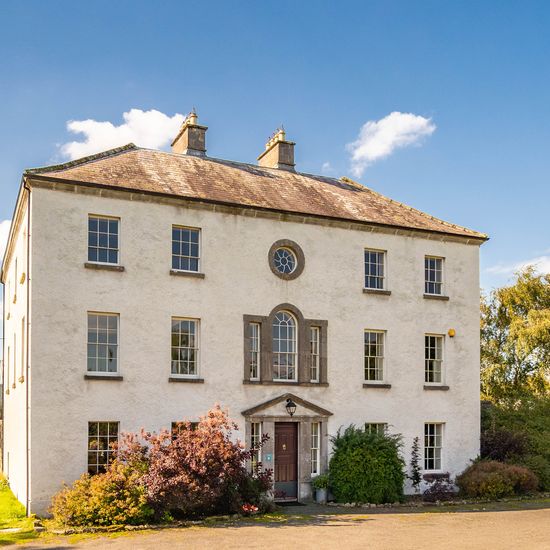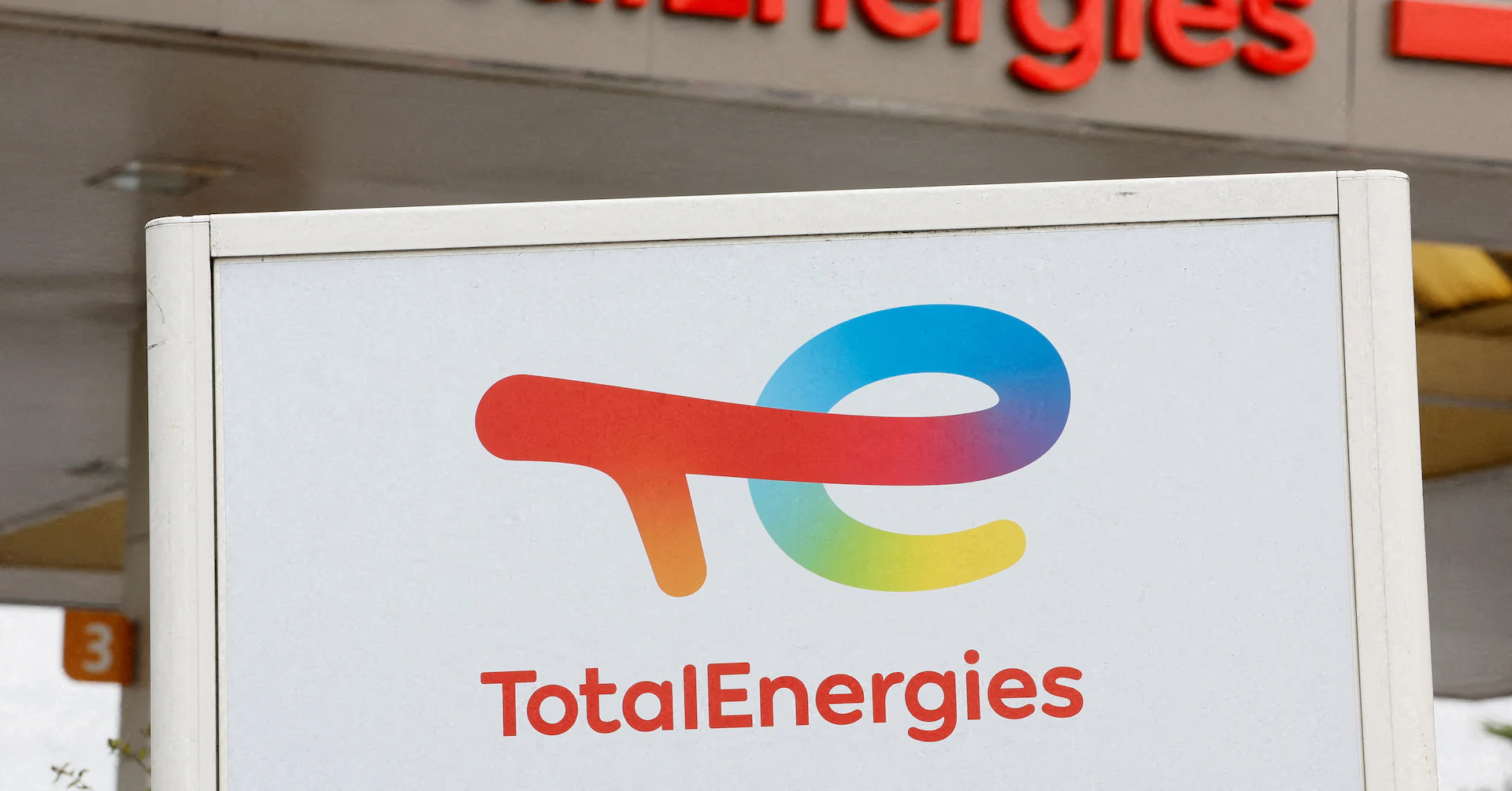Copyright independent

Asking price: €850,000 Agent: Savills (01) 6161300 Seized lands bestowed to English soldiers as the spoils of Irish war by colonial monarchs, usually came with very sticky strings attached. The deal was simple: hold hostile territory in a rebellious country and play your role in keeping the natives cowed for the crown. Do that and you’ll be rewarded with the riches that land brings. Along the way ,you might even get bestowed with a title. Maybe we’ll make you an MP, a justice or a sheriff. Descendants of those English shoemakers, smiths and farmers who came along for the ride with Cromwell or Orange and without a seat in their pants, ended up as barons, knights and Lords. But signing up for this deal also meant exposing themselves and their families to ever-present danger that carried across generations of a life under siege, albeit in a big house. Realising this, some land recipients immediately cashed out, sold their land deeds and went home. Others embraced their new colonial role with various degrees of enthusiasm. Few understood the hazard clause better than the Fry family of Boyle. The first Irish Fry landed here as a dragoon officer under King William of Orange and received confiscated lands around Edenderry. Later Henry Fry would move to Boyle to set up a weaving mill in the 1740’s. Frybrook, the family’s mansion in Boyle, was constructed in the town in 1753. When Henry’s third son Oliver left Frybrook in 1790 to become a student at Trinity College Dublin, he would be abruptly recalled from his studies aged 20 to defend the family home with firearms, from threat of attack during the agrarian unrest of 1793. His subsequent life as a military man in Ireland was spent snuffing revolts and facilitating martial security for his family’s caste. In 1793, Roscommon erupted in Defender-led attacks. Oliver returned from Dublin to Frybrook to join his older brothers Henry and Edward to fend off night raids on the house. As a member of the Boyle Volunteers, he then defeated a large group of tenant Defenders at Crossna (around 1,500 were reported to have mobilised). Later he battled to protect the residence of Lord Kingston at Rockingham. During this fracas, he managed to capture the leader of the Defenders, and as a reward, was presented with a commission in the Roscommon militia. Later Oliver would serve in The Royal Irish Artillery. At the outbreak of the 1798 rebellion he was in Carrickfergus, seizing weapons and rebels. He was at the battle of Ballinahinch in 1798. In 1799 he was stationed in Dundalk and would go on to serve in various barracks around the country. Retiring from active service in February 1848, Oliver settled in Dublin. On the retired list, he was finally promoted to major in November 1854 before his death in 1868. As the third son of a middling landowner, Oliver would be considered small fry historically, were it not for the fact that he kept a diary. In 1822 he wrote a retrospective of his life and kept a diary for years, which was later published as a book by an ancestor in 1909. And so Annals of the Late Major Oliver Fry have become an invaluable historical record of events, from Defender agitation to the 1798 rebellion to the Famine as well as more minor events like royal visits, exhibitions and the Dublin Earthquake of 1852. Oliver Fry’s story also tells us that for every oldest brother in an Anglo gentry who inherited land, there were often two or more siblings assigned to the military necessary to defend it. The Fry family’s relationship with locals had softened in latter years, as evidenced by the estate’s great famine era cauldron (still in the old kitchen at Frybrook) where tenants would be called in by the estate bell to be fed. Memories of the Fry family are generally benign in Boyle today. Accordingly, Frybook survived The War of Independence and the Civil War and the family remained here until the 1980s. It is today considered to be one of Roscommon’s finest ‘big houses’. The listed historic three-storey house is somewhat different to most of its big house contemporaries. It doesn’t have a basement and instead runs to three floors. While most of its design touches are Palladian, it comes with a mansard roof and a circular oculus window high up in its frontage. Following the departure of the Frys, Frybrook became run down until taken over some years ago by its current owners who sold their Dublin property in 2018 to acquire it, restore it and create a guest catering business. In doing so, they have brought the house back to life, furnishing and decorating in a more flamboyantly eclectic style than usually seen in homes of this era. Accommodation spans 7,424 square feet, or more than seven times that of a three-bed semi. It is arranged over three main floors with high ceilings, delicate cornicing, and a sweeping original staircase. There are three bedrooms to the front of the house, while there is scope to create a private quarters to the rear, with four further bedrooms and a toilet facility on the ground floor, along with an additional room that could serve as an eighth bedroom, an office or an additional reception. All bedrooms are ensuite. The house comes with three grand reception rooms and a big kitchen. The Gate Lodge is positioned beside the entrance and overlooking the Boyle River with which Henry Fry originally powered his weaving mill. It has been renovated and is currently tenanted as a cafe/bistro. To the rear of the property, a collection of traditional outbuildings and storage sheds provide potential for further development, subject to planning. The three acre grounds include a private garden and parkland areas. Frybrook is located at the centre of Boyle which also includes the 12th-century Boyle Abbey and King House, a restored Georgian mansion now serving as a museum and cultural centre. Lough Key Forest Park is less than two miles away. Savills seek €850,000. And unlike earlier generations of Fry, once you sign, you won’t have to look over your shoulder.



